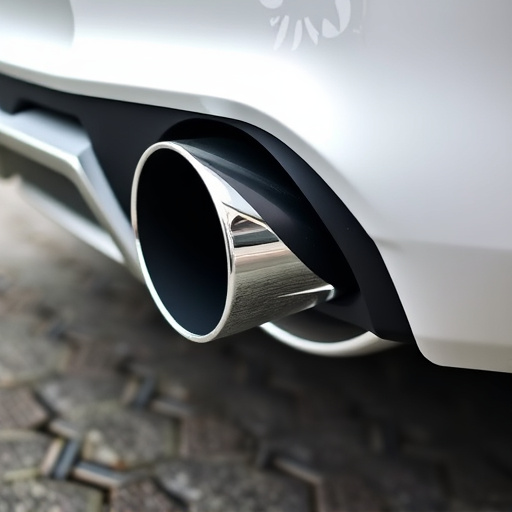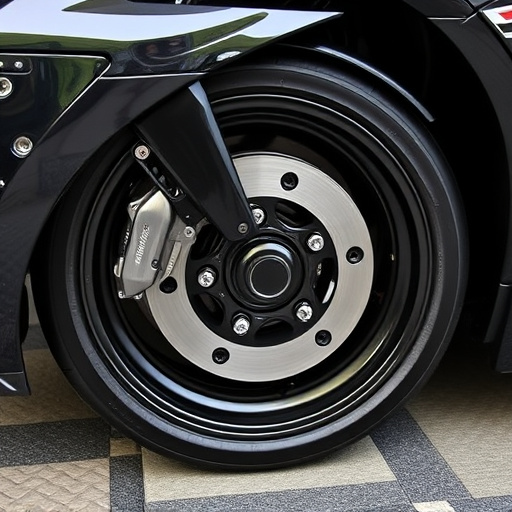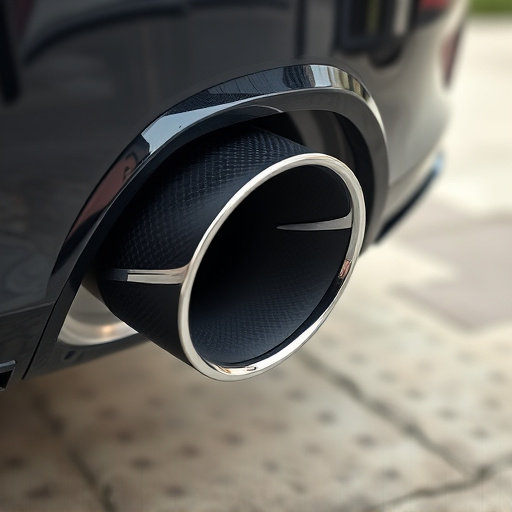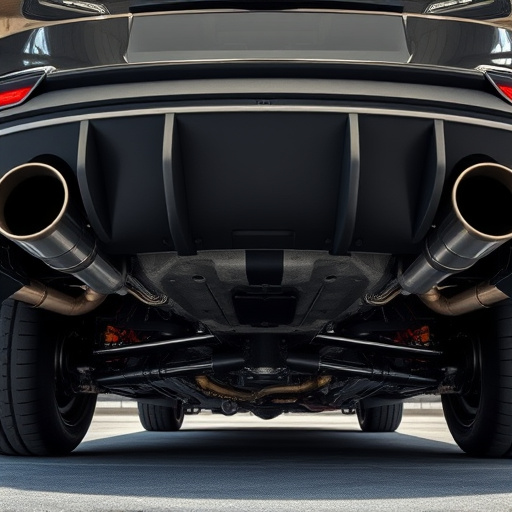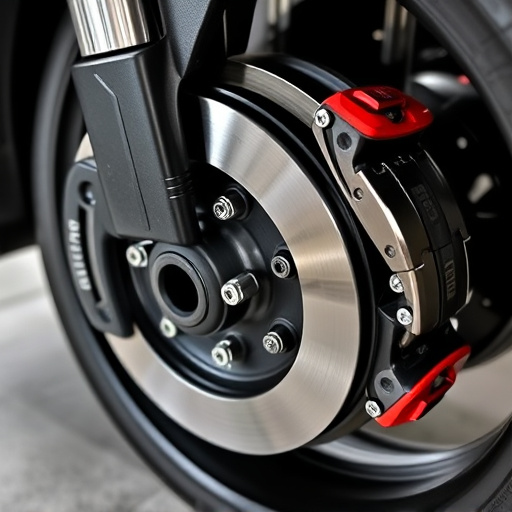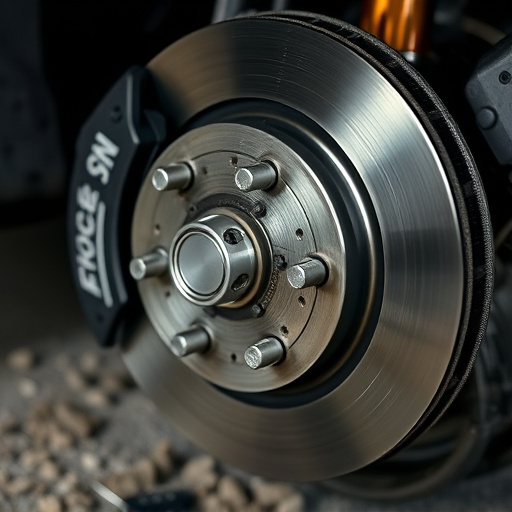Performance shocks are specialized components that enhance vehicle handling and stability on tracks or winding roads, offering customizable settings for personalized driving experiences. By adjusting damping force, spring rates, and compression/rebound settings, owners can tailor their vehicles for track-oriented setups prioritizing cornering capability and high-speed stability, or daily driving configurations that balance performance with comfort and practicality. Integration with other modifications creates a balanced setup for improved drivability and control.
Performance shocks are a crucial component in enhancing your vehicle’s handling and ride quality, offering both track-focused precision and daily driving comfort. This article delves into the art of tuning these shocks, exploring the distinctions between optimizing for racing tracks versus regular road use. We provide strategic tips and insights to help you achieve the best results, ensuring your performance shocks cater to your specific driving needs and preferences.
- Understanding Performance Shocks: The Basics
- Tuning for Track vs. Daily Driving: What's the Difference?
- Optimizing Your Vehicle: Strategies and Tips for Best Results
Understanding Performance Shocks: The Basics
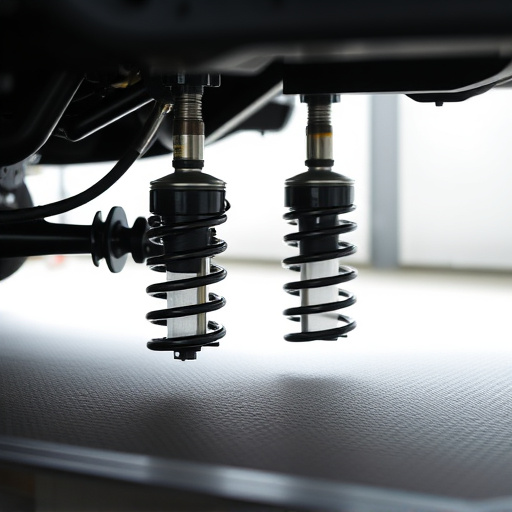
Performance shocks are specialized components designed to enhance a vehicle’s handling and stability, whether on the track or winding roads. These shocks replace the standard dampers found in most vehicles, offering fine-tunable settings for a custom drive experience. Understanding performance shocks starts with grasping their function: absorbing and controlling the up-and-down motion of wheels, which directly impacts cornering, braking, and overall vehicle dynamics.
By adjusting the damping force, spring rates, and compression/rebound settings, owners can tailor their vehicles to suit their driving preferences. For track enthusiasts, stiffer shocks reduce body roll, allowing for more precise turning. In contrast, softer shocks provide a smoother ride, ideal for daily driving or navigating rough terrain. The beauty of performance shocks lies in their adaptability; they integrate seamlessly with other modifications like cold air intakes and intake components, and suspension parts to create a balanced setup that enhances both drivability and vehicle control.
Tuning for Track vs. Daily Driving: What's the Difference?
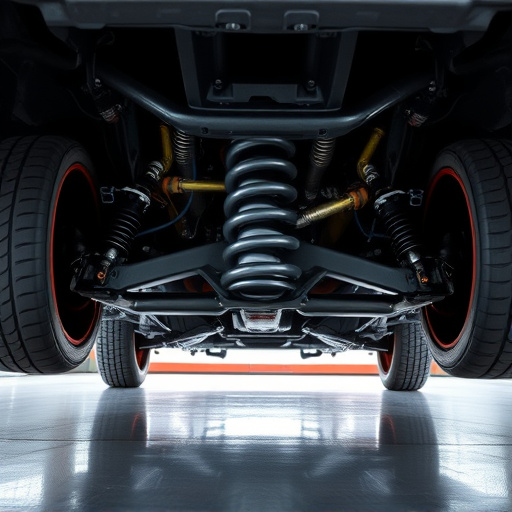
When tuning a vehicle for performance, especially with components like performance shocks, the distinction between track-focused and daily driving setups is paramount. For tracks, the goal is to achieve maximum cornering capability, stability at high speeds, and precise control during aggressive maneuvers. This typically involves stiffening suspension with stiffer springs and dampers, often augmented by coilover kits for finer adjustments. These changes prioritize responsiveness and precision over comfort, sacrificing everyday drivability for enhanced handling dynamics.
Conversely, tuning for daily driving emphasizes a balance between performance and practicality. While improving vehicle performance, the focus is on delivering a comfortable ride, manageable handling, and a smooth, predictable drive. This might involve more moderate adjustments to shock absorbers, often paired with upgrades like cold air intakes for enhanced engine breathing without sacrificing everyday usability. The ultimate goal is to enjoy improved vehicle dynamics without compromising the daily driving experience.
Optimizing Your Vehicle: Strategies and Tips for Best Results
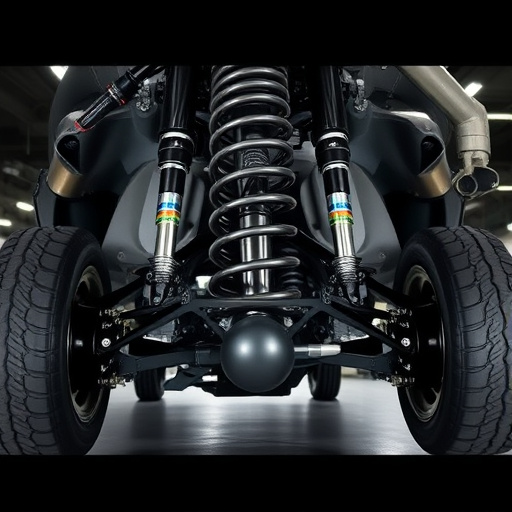
Optimizing your vehicle for either track or daily driving starts with understanding and fine-tuning its key components, especially performance shocks. These are not one-size-fits-all; their setup should align with your intended use. For track driving, stiffer shocks can improve cornering and stability, but be sure to balance this with comfort for longer sessions. Daily drivers might benefit from a more comfortable setting, focusing on smooth rides and reduced road noise.
Consider upgrades like suspension kits and air intake systems to enhance performance further. Exhaust tips can also contribute to better engine sound and slightly increased power. Remember, each modification should be chosen based on your specific needs and driving style. Test and adjust until you find the perfect balance for a thrilling yet enjoyable driving experience.
Performance shocks are a versatile component, catering to both track-focused tuning and daily driving needs. By understanding the nuances of these adjustments, car enthusiasts can optimize their vehicles for enhanced performance and control, whether on the racing circuit or navigating urban streets. This article has explored strategies to tailor shock settings, offering insights into the art of fine-tuning for diverse driving experiences.
